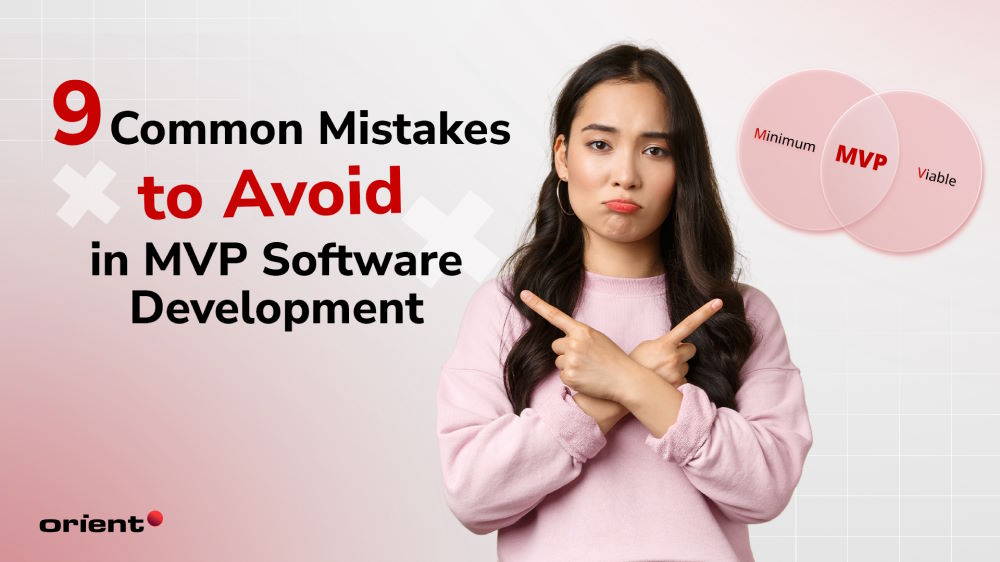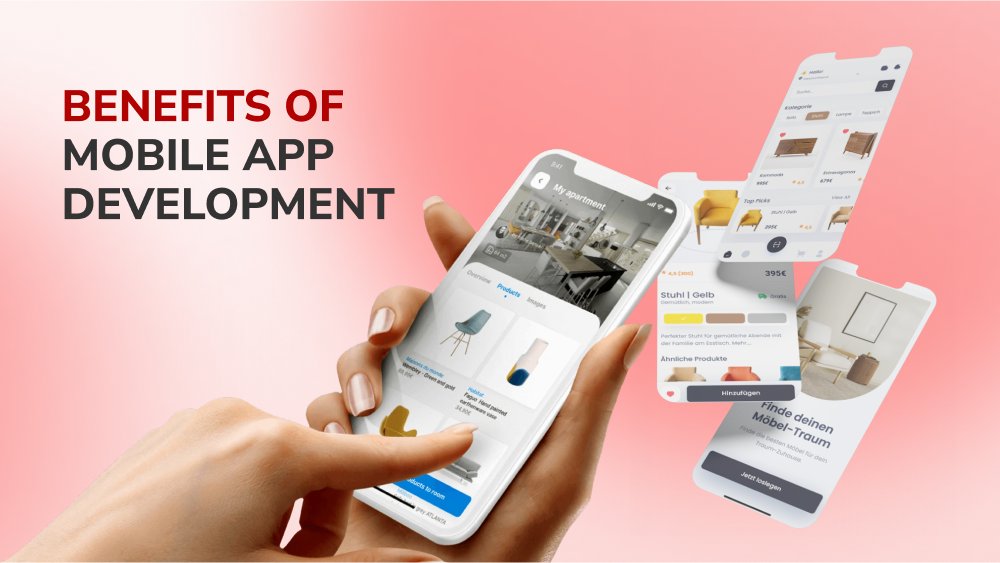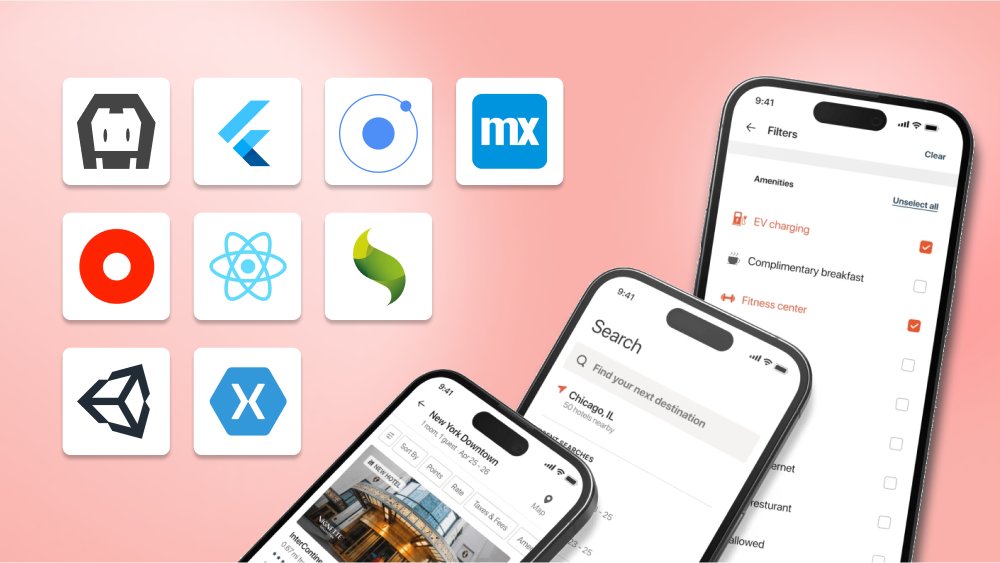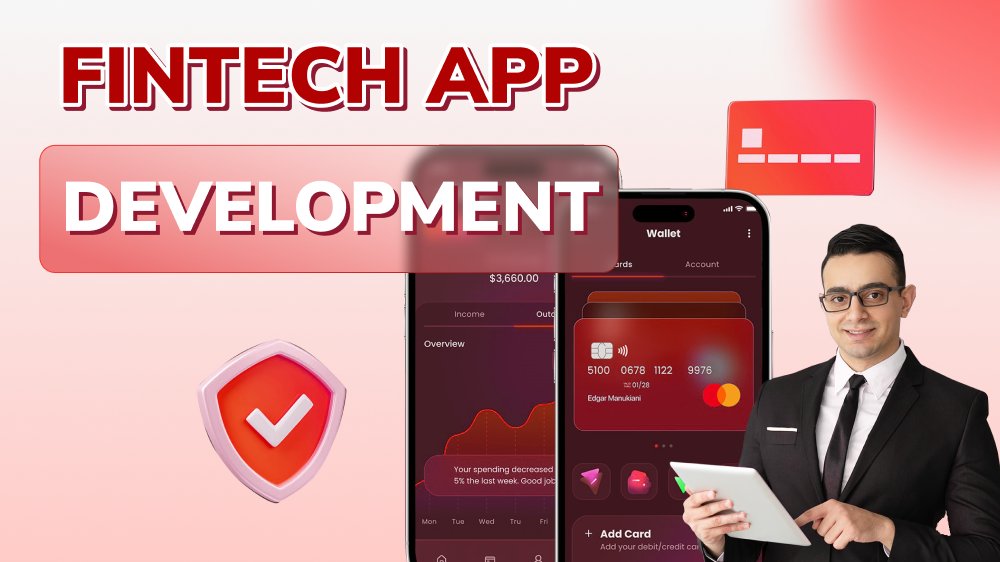Unlocking Success: 9 Common Mistakes to Avoid in MVP Software Development

Content Map
More chaptersAccording to market experts, creating an MVP (Minimum Viable Product) is an excellent approach to gauging audience response with minimal investment. However, don’t take the MVP development process slightly, as every operation has an important impact on your business. I have seen many instances where poorly implemented MVP building plans led to negative consequences such as a damaged brand reputation, customer dissatisfaction, and market failure.
In addition, there is more to the situation than previously mentioned. If you think MVP failure only comes from a lack of vision or poor product strategy, it’s time to think again. There are some common mistakes that are regarding companies of sizes, budgets, and industries experienced at least once during MVP software development.
In this article, I not only reveal common errors in MVP software development but also provide you with expert solutions to solve each problem individually.
Top Mistakes in MVP Development You Should Not Overlook

MVP mistakes are sometimes not something too big. They can be simple things you accidentally forgot or neglected during the development process. Check the list below, spot errors, and improve them before it’s too late.
#1 Lack of Market Research
There is no successful MVP software development without market research. It is worth noting that regardless of whether it is the MVP or final version of the software product, the target audience is still the end user, not you. The purpose of an MVP is to deliver the core functionality that meets the needs of early adopters while solving a unique problem or pain point. How do you know if your business idea meets real users’ needs without implementing market research?
The right way to implement market research is to analyze not only potential customers but also competitors in the same segment, industry trends, and market conditions that can potentially affect your future product. By starting with market research, you can validate your product ideas and gather the necessary data to shape a successful MVP.
How to do market research properly:
- Clearly define the objectives and goals of your MVP.
- Determine the demographics, behaviors, and pain points of your potential customers.
- Study the competitors’ offerings and positioning.
- Conduct surveys and interviews to gather feedback directly from potential customers.
- Utilize industry reports, market trends, and relevant data on the market landscape.
- Implement SWOT analysis.
#2 Poor Validation of Ideas
It is undeniable that business ideas are one of the factors that make any software product successful. However, it is not everything, as the idea must also ensure many different factors, such as feasibility and attraction. Your idea may be good, but whether it solves the needs of your target audience is another matter.
When ideas are not thoroughly validated, you are putting your business at risk of developing products or services that do not address genuine market needs or solve real problems. Even if your MVP development is successful, an unreal idea brings no value to the business other than low user adoption, wasted resources, missed opportunities, and a disconnect between the product’s features and the market’s actual needs.
Questions to self-validate your idea:
- What specific pain point does your MVP aim to solve?
- How widely is the pain point among your target audience?
- How are they currently addressing the problem you are aiming to solve?
- Are potential users willing to pay for the solution your MVP offers?
- Does the MVP have the potential to scale and evolve based on market dynamics?
#3 Neglecting Market Trends
Market trends are continuously evolving. Trends that seem ever-trendy can change in just a moment. Developing a product idea does not only revolve around developing MVP functionality that meets customer needs; it is also the process of analyzing market trends in software development such as blockchain, artificial intelligence, machine learning, low code/no code development, cloud computing, and cybersecurity.
Neglecting market trends can result in an MVP not aligning with evolving consumer preferences, industry dynamics, or technological advancements. Your software product can quickly become outdated or fail to meet the target audience’s changing needs, further leading to the likelihood of MVP failure.
How to quickly align with market trends:
- Conduct rapid research on online resources, industry reports, and reputable publications.
- Monitor social media platforms, industry forums, and news websites.
- Connect with industry experts by attending related events and webinars.
- Leverage analytics strategies and tools to gain valuable insights from customers.
- Engage with users through feedback forms, surveys, and direct communication.
#4 Lack of Prototyping
Prototyping is undeniably a critical factor contributing to MVP success. As a tangible representation of how the actual product will look and work, prototyping helps the future development process become clearer and easier than ever. However, many businesses ignore this step due to the confusion between Proof of Concept (PoC), prototype, and MVP.
Maybe you don’t know, but MVP is not prototyping, and both concepts above have their own functions. The main difference between MVP and prototyping is that MVP is a working prototype, while a prototype is a non-working MVP. Creating an MVP without prototyping creates the risk of investing effort and resources into a concept that hasn’t even been thoroughly tested, further resulting in a software product with errors and a lack of applicability.
The process of prototyping in MVP development includes:
- Organize information architecture.
- Create wireframes and interactive prototypes.
- Conduct user testing with the prototype.
#5 Inefficient Monetization Strategy
Although an MVP only includes the essential elements of a specific software product, it still consumes your budget. It is undeniable that software products are designed to meet the needs of the target audience. However, businesses still need the proper methods and approaches to generate revenue and maintain and develop projects in the future. Nothing less than a monetization strategy in this situation can help you be proactive in your financial planning and ensure software ROI.
Of course, you should not turn an MVP into a paid product because the truth is that no one will accept paying for an application that has yet to be completed. However, having a well-defined monetization strategy from the outset can help business owners ensure that the product is aligned with a sustainable revenue model as it evolves post-validation.
Some effective monetization strategies for MVP development include:
- Freemium model: free for the basic version and paid for premium ones.
- Subscription model: pay a recurring fee to access the product or its premium features.
- Pay-per-use model: charge users based on their usage.
- Affiliate marketing: promote relevant third-party products or services to earn commissions.
- Ad-based revenue: incorporate advertising within the MVP to gain revenue.
#6 Feature Creep (Adding too many features)
The main purpose of an MVP is to release a product version with only core features to collect feedback from early adopters and use it to improve the main version. Therefore, adding too many features in a single MVP, or what we call “feature creep,” is a way to deviate from the project’s initial development direction and core value proposition.
You can integrate many features into the application with the desire to make it more comprehensive. Yes, it’s not wrong, but in the final version of the product, not in an MVP. Feature creep not only prolongs the development cycle but also easily puts the business in a state of budget overrun for unnecessary operations.
How to avoid feature creep in MVP software development:
- Prioritize features based on necessity.
- Embrace an iterative development process for gradual feature expansion if needed.
- Conduct regular reviews and feedback loops with stakeholders and the development team to ensure MVP’s objectives are met.
- Utilize the MoSCoW matrix to manage feature prioritization and prevent feature creep.
#7 Premature Scaling
MVP software development is a process that includes many different steps. Of course, launching an MVP to market early is a good goal to avoid competitive odds. However, the rush to expand MVP operations before thoroughly MVP validation and its value proposition is indeed an act that compromises quality.
Quality work takes time, and the same goes for creating an MVP. By prematurely scaling, businesses risk increasing costs, overextending themselves, and potentially creating a misalignment between their product offering and the actual market demand. Negative perceptions of the product due to quality concerns from an MVP make it even more difficult for you to reach your target audience later.
How to prevent premature scaling:
- Use data to drive decisions regarding scaling, such as software KPIs.
- Adopt a lean approach to operations.
- Consider strategic partnerships to enable controlled growth.
#8 Ignoring User Feedback

User feedback, whether positive or not, brings tangible value to you. In the context of MVP development, gathering and acting upon user feedback is critical for improving the product in line with actual customer experiences. However, there are still cases where businesses ignore reviews from early adopters. The reason for this error may vary.
Some businesses fall into the trap of being overly confident in their product idea and easily assume that they already know what users want. Others select and review user feedback based on confirmation bias. The remainder do not intentionally ignore this valuable source of information but have limited resources and are struggling to act upon it. And, of course, the end result for companies that do not listen to customers’ opinions is MVP failure.
#9 Inappropriate Marketing
Even though MVP is not a complete software application, it still needs a thorough marketing strategy to bring the experimental product closer to the target users. If your marketing campaign to promote your MVP is not delivering high engagement results, it’s time to re-evaluate it.
Inappropriate marketing can be strategies that may misrepresent the product, overpromise its capabilities, or target the wrong target audience. Through infectious marketing, users have complete grounds to evaluate that your product does not meet their expectations. All of the above consequences can further lead to potential setbacks in business reputation, user acquisition, and retention.
How to implement an appropriate marketing plan:
- Define clear objectives.
- Develop compelling messaging and content.
- Implement testing and iteration, such as A/B testing or multivariate testing, to improve marketing strategies continuously.
- Choose relevant marketing channels based on the target audience’s behavior.
Start Small with Your First Minimum Viable Product (MVP)
According to the lean startup methodology, validating a fully-fledged product can sometimes be overwhelming for the development team. Since nothing can guarantee whether your business idea will become a big hit in the tech market or not, the effort and budget spent on a full development process can become for naught immediately after the launch. This is one of the top reasons why you should invest in developing an MVP first - to test a potential part of your solution to target users.
Big things start small. MVP in software development should never be taken lightly to ensure the success of future development. In addition to the mistakes mentioned above during MVP software development, not working with the right team is also another reason worth considering. Businesses, regardless of size, need to take the development team seriously as they always act as the core component of every project, making the final product successful.
Hiring professionals can be quite expensive. In return, they bring sustainable value to you in the long run. However, the issue here is that finding the right fit for your project is extremely difficult due to software engineer shortages and hiring skills requirements. By partnering with a reliable outsourcing company like Orient Software, you can eliminate all the hassles and start developing your MVP today with a team of dedicated developers. Contact us to get a free quote and discuss how we can help your business grow.







